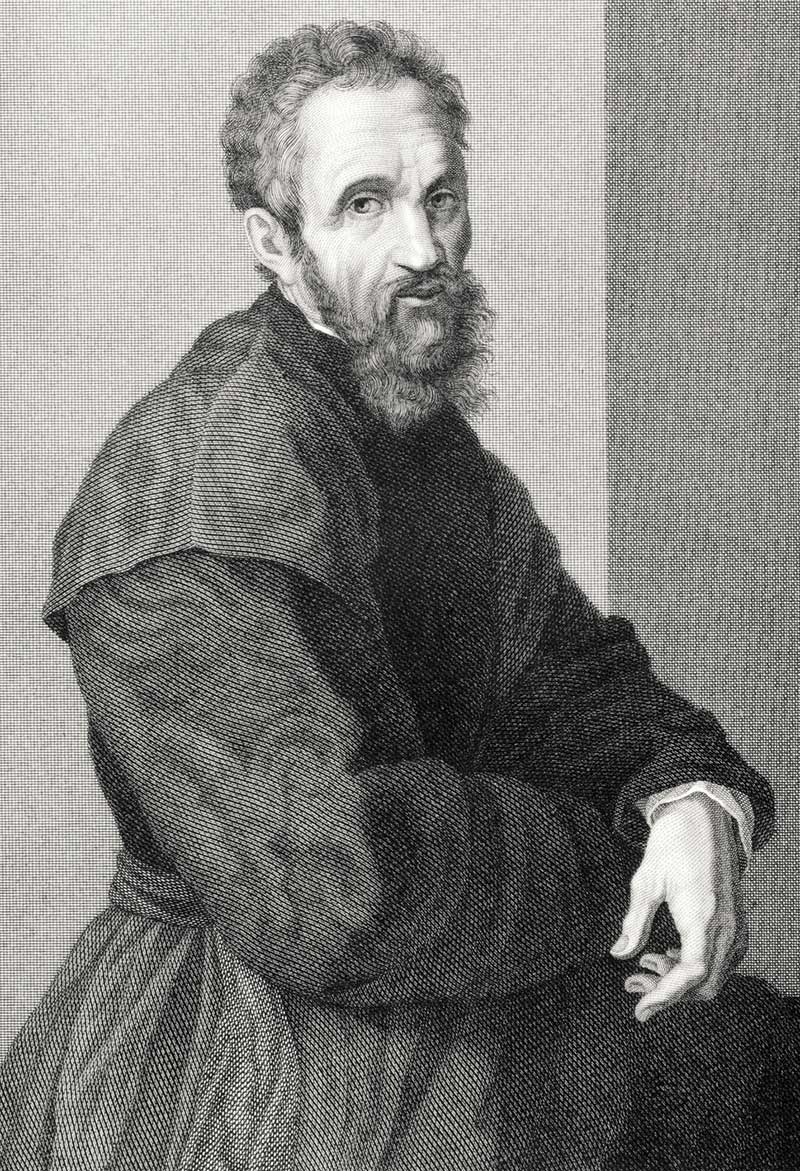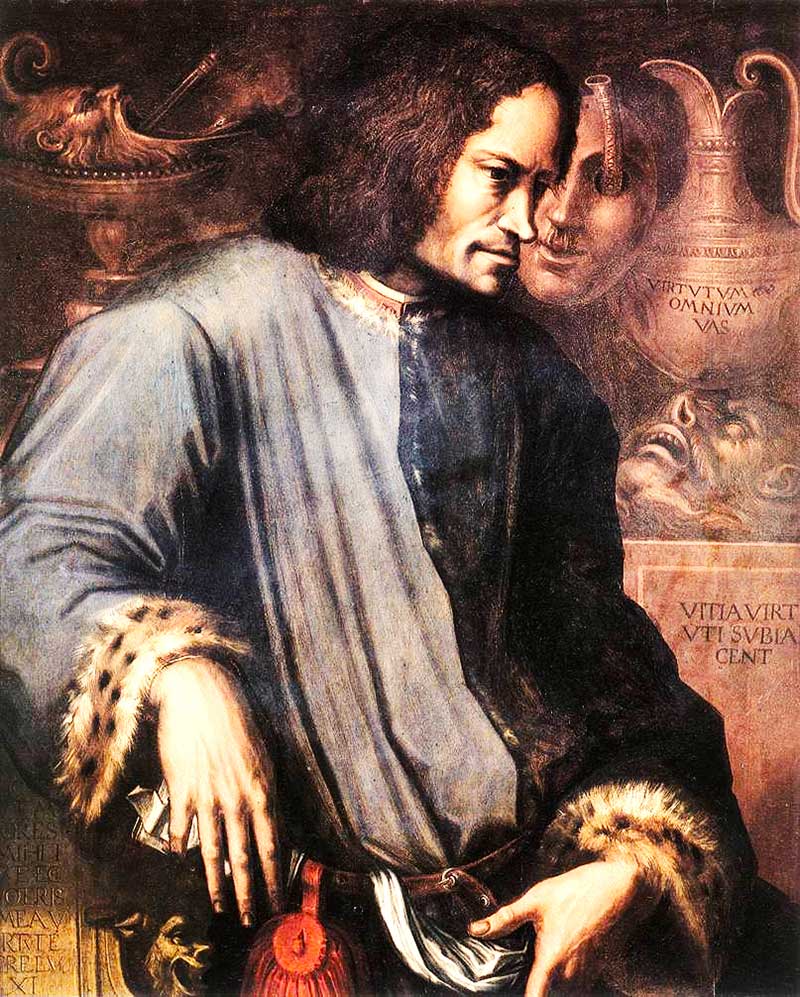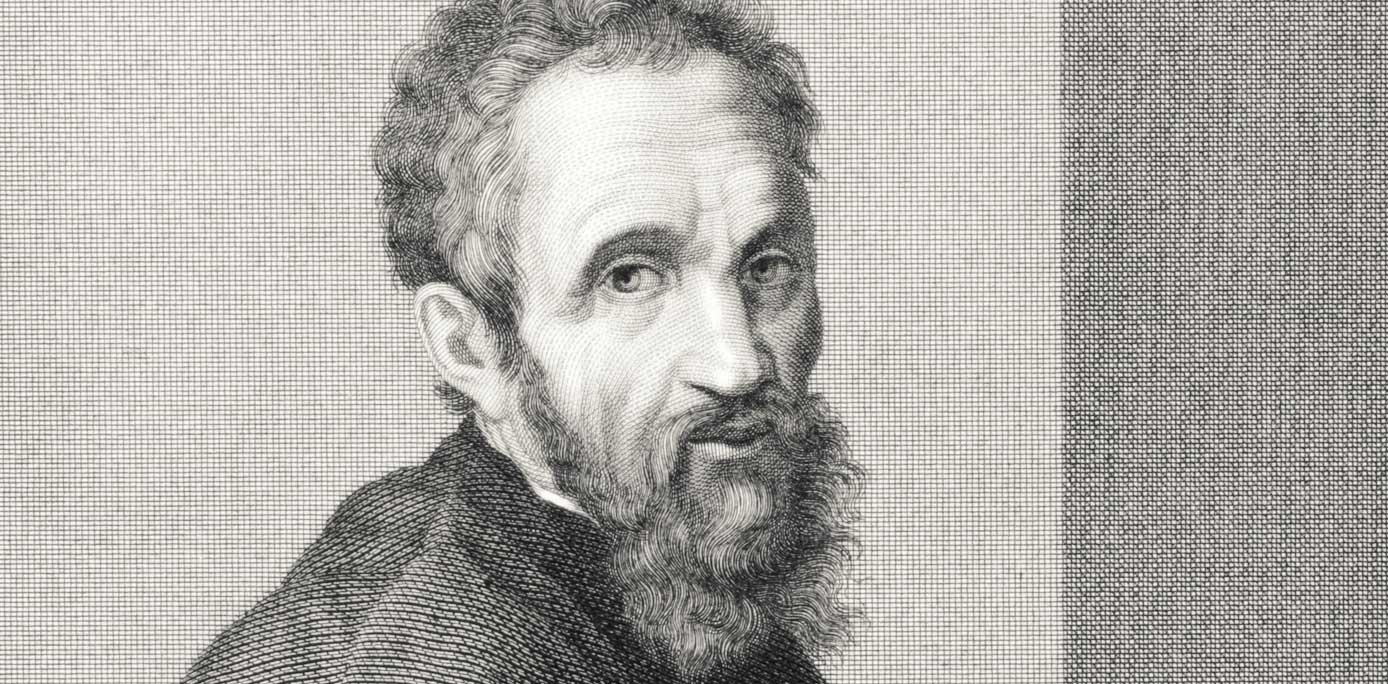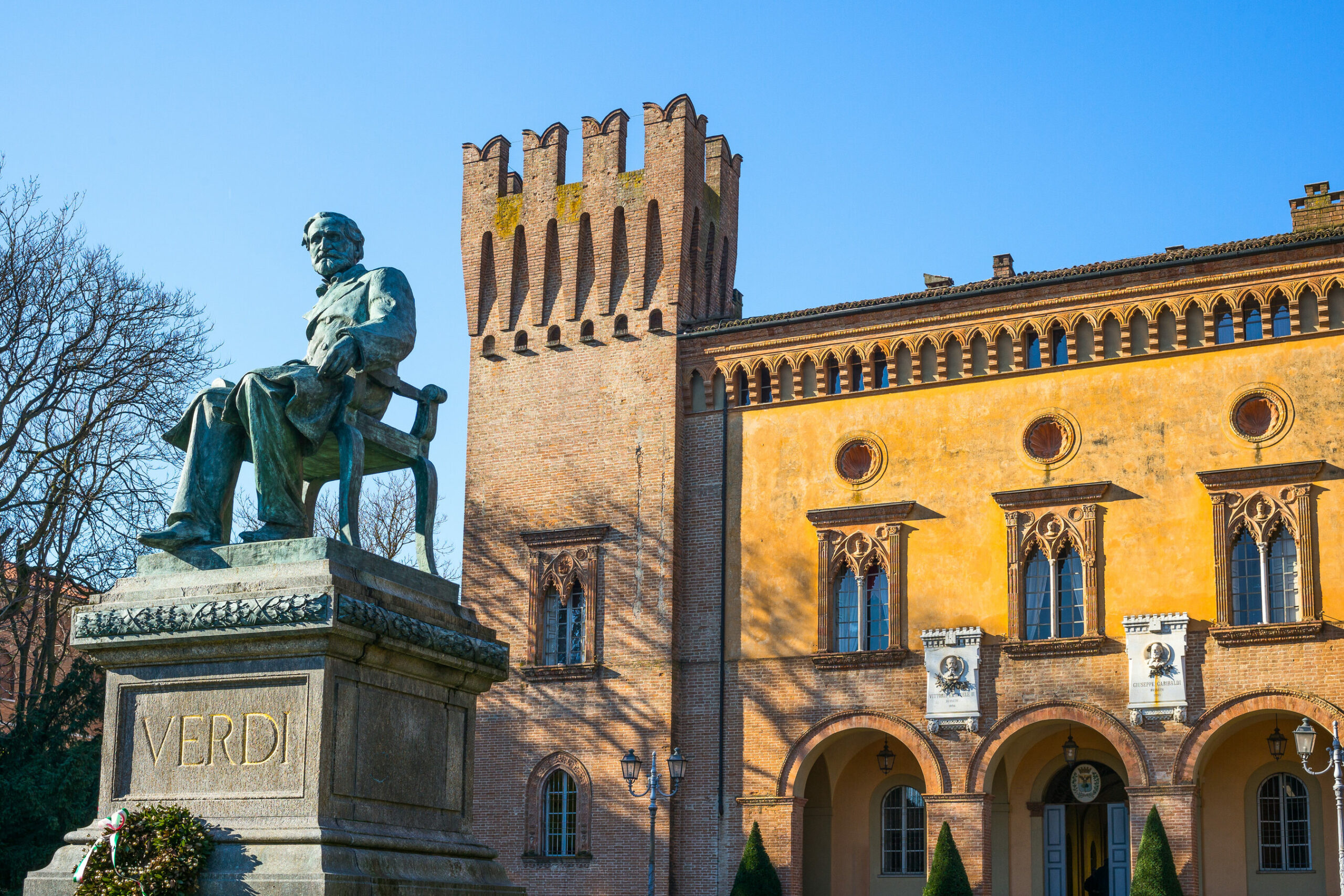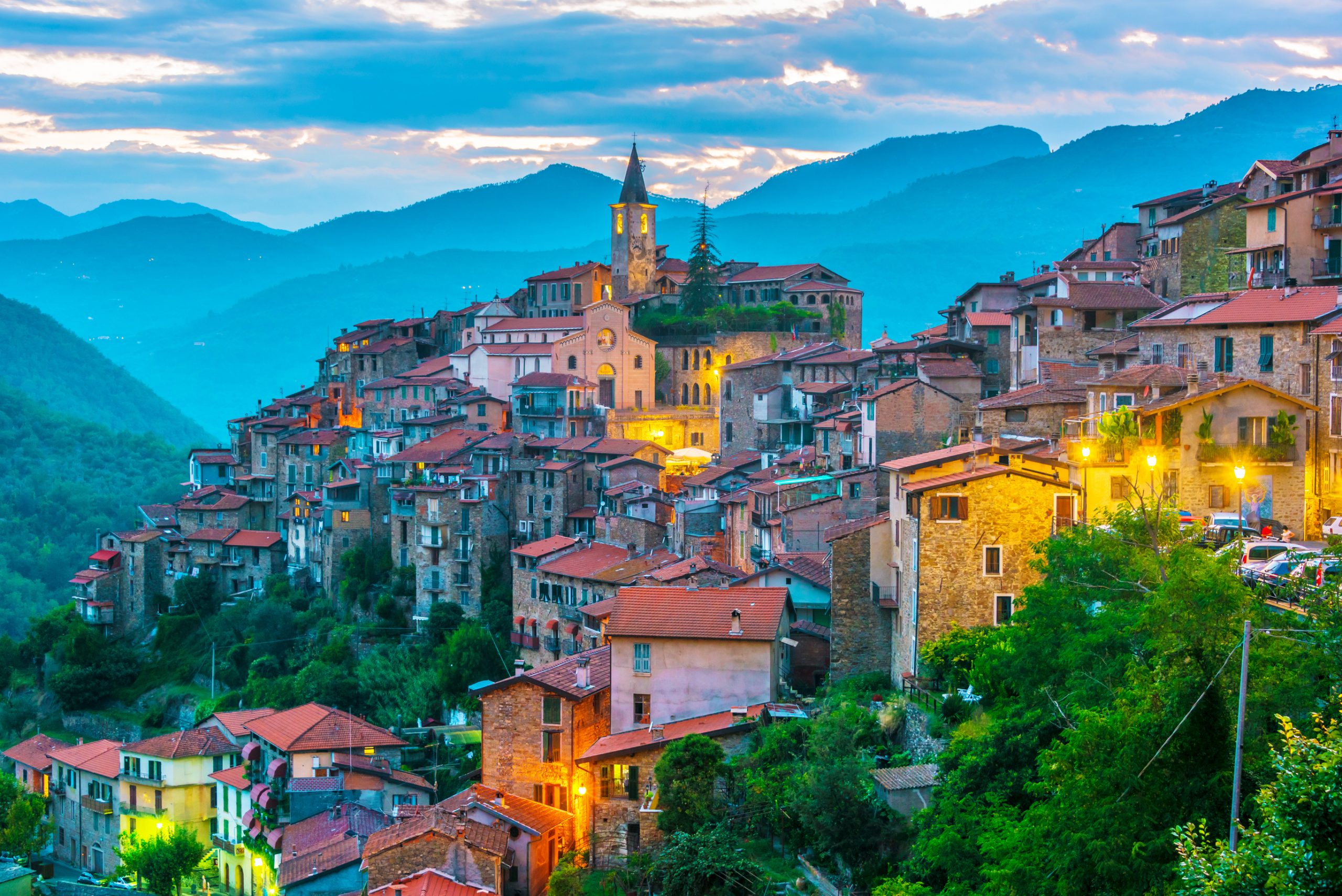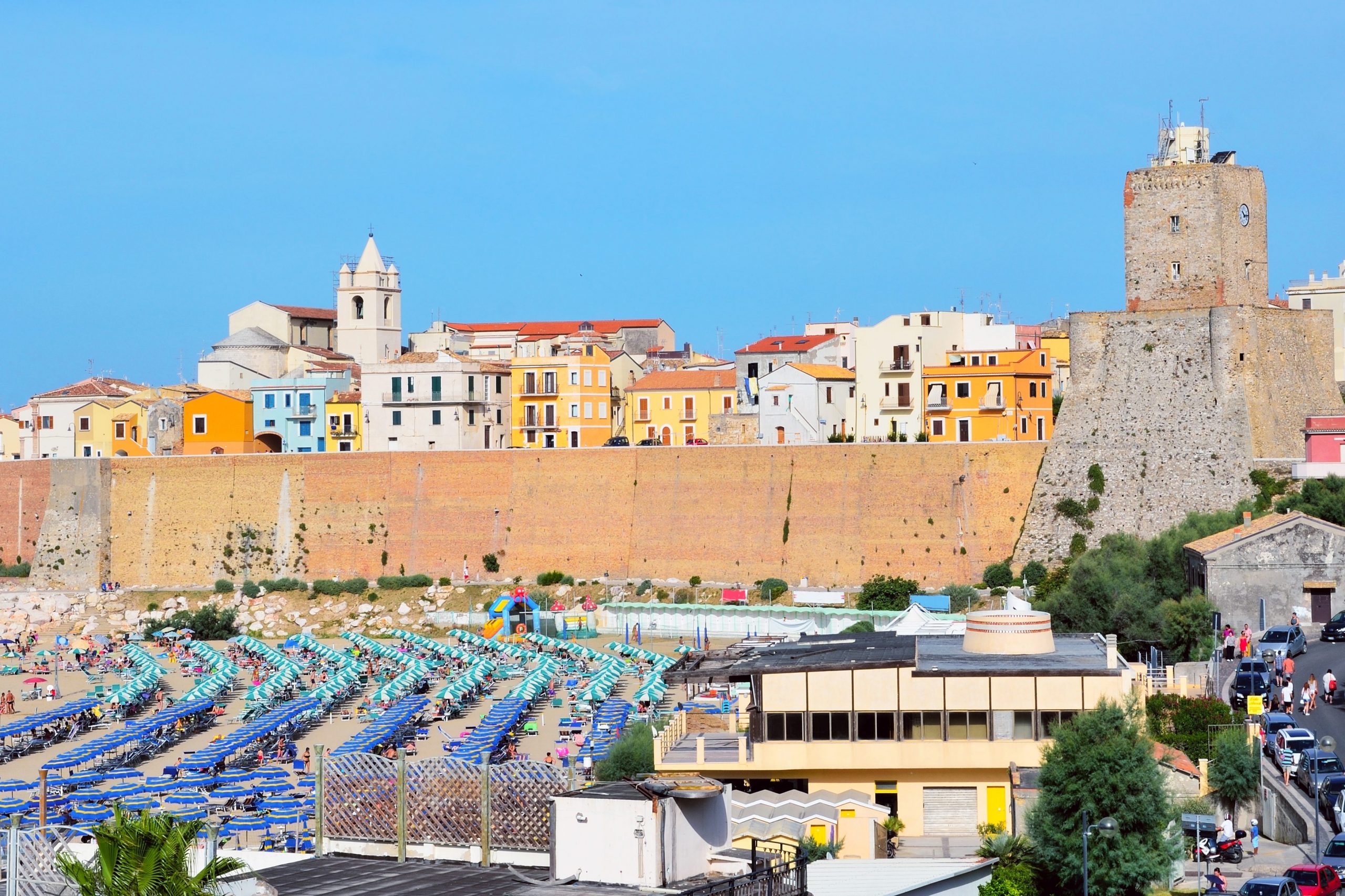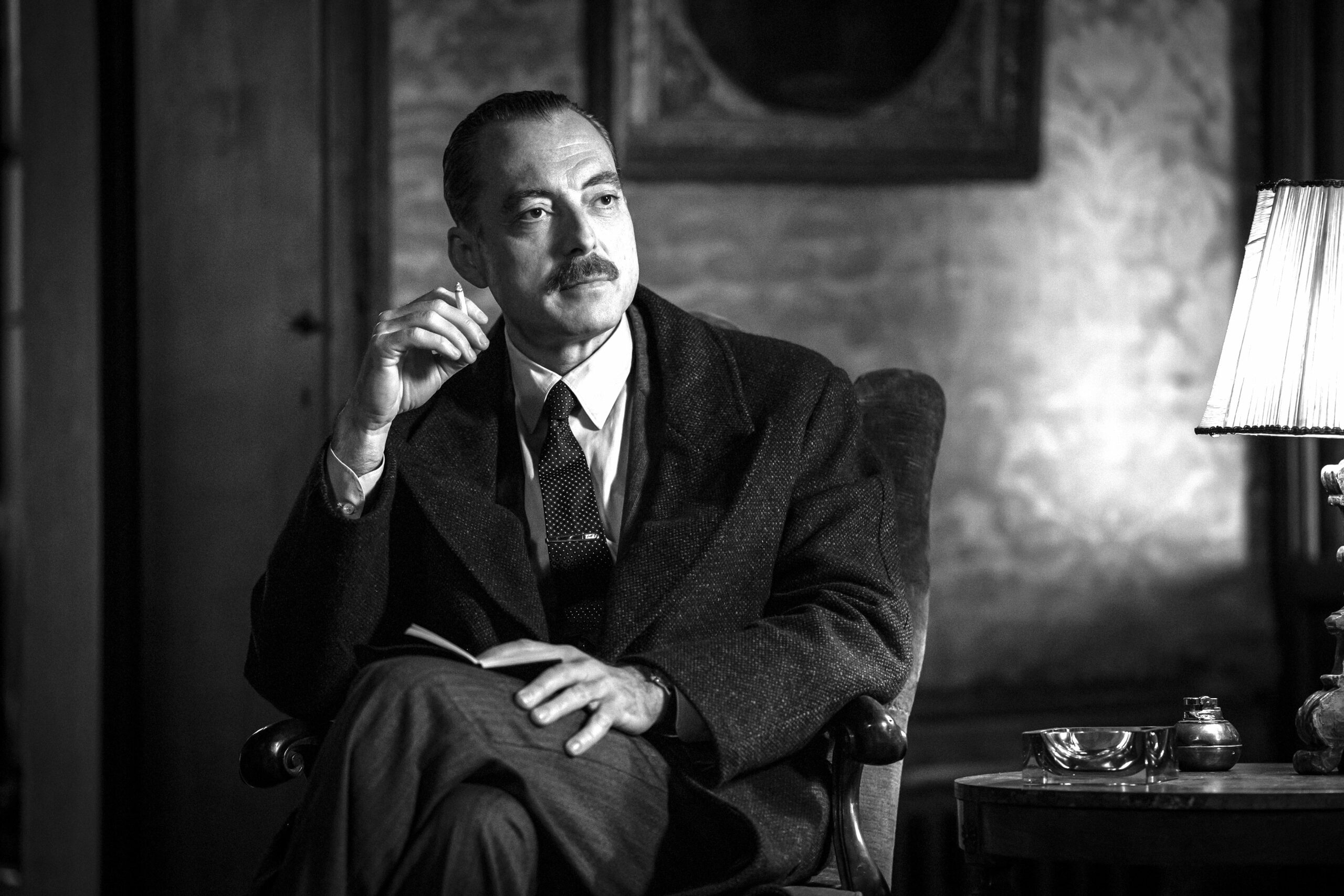It is often reported that kids today no longer go out to the streets to play with their friends and to engage in discovering novel adventures, as it was usual a few generations ago. No, today they sit down in front of a television for hours, living a virtual life made of the games and discoveries of tv shows’ characters, leaving aside the real-life joy of forming relationships with their peers that often can persist until old age.
Sometimes, this electronic addiction is an aid for single mothers in need to find ways to support their kids. Given this environment, it would seem difficult to see young children learning how to live a life even remotely resembling those of their glamorous cinematic heroes.
Some may believe that this is only a characteristic of today’s social environment and, believing so, will find it difficult to understand how such a situation ever came about.
Certainly, it would be easy to consider it a fact typical of today’s modern society. But if we really try to consider the question thoroughly, history will teach us all too quickly these situations have existed for centuries. Yet, it will also show that not all these kids lost a chance at making something of themselves.
Let’s consider, then, the example of a young boy, newly born into this world, who was almost immediately separated from his mother, and had a father intent on continually correcting him: reading and investigating, we’ll soon learn the boy was no other than Michelangelo Buonarroti.
Wow, what a famous name! What a person of extraordinary talent! What a fantastic artist! But then, he was only a child, the good son of his father: in time though, he was to become famous, as well as find himself dragged into endless family transactions.
Soon after birth, in 1475, baby Michelangelo, the second born of the family, was sent to Settignano and placed under the care of a wet-nurse, the wife of a stone mason. As a result, the child grew up in a marble workers’ environment, breathing air filled with the dust of their daily work: carving out, measuring, sizing and polishing.

Michelangelo, one of the greatest artists of all times, had a troubled relationship with his own family © Tinamou | Dreamstime.com
In 1481, when little Michelangelo was six years old, his scarcely known mother Francesca passed away, leaving behind him and three younger brothers. Michelangelo, then, spent his early life in the company of a stern father, his father’s mother, his father’s brother and wife, and his brothers.
School had little appeal for him, since he could more often be found in the company of nearby artists: with them, he liked to sketch and draw figures and scenes. His truancy frustrated his father to the point, as it is reported by some contemporary writers, that little Michelangelo was often mistreated. Ultimately, however, his father recognized his overwhelming artistic leanings and tried a different way of mastering his stubborn son: he enrolled him as an apprentice in the workshop of one of the most celebrated artists of Florence, Domenico Ghirlandaio.
Already a thirteen year old when he joined this circle of young artistic hopefuls, Michelangelo had some difficulty in finding a niche for himself among all the other apprentices to the point where, after a brawl with one of them, he got his nose broken. But despite the short time (less than one year) he was part of this workshop, Michelangelo learned a great deal about how to create frescoes since Ghirlandaio, at that time, was involved in the creation of the magnificent fresco of the high altar of Santa Maria Novella for the Tornabuoni family. Witnessing all this, endowed the young Michelangelo with the profound knowledge of color and perspective necessary for the creation of realistic figures on the vaults of churches.
While all this was happening, he still maintained a keen attraction for sculptural studies. And so, he often frequented the garden next to San Marco, at the time under the direction of Bertoldo di Giovanni, a well-known sculptor. This work yard was supported by none other than Lorenzo de’ Medici, and it was exactly here, in this place, that Lady Fortune finally decided to smile on the young, highly inquisitive and talented Michelangelo.

Lorenzo de’ Medici also known as Lorenzo the Magnificent (1449-1492)
Visiting the place one day, Michelangelo picked up a piece of thrown away marble and used it to fashion the head of an old faun. As he was finishing the piece, Lorenzo de’ Medici happened to pass by. Although he admired the piece, he told Michelangelo he mustn’t have been familiar with elderly men, as they usually didn’t keep all of their teeth. Reacting to this criticism, Michelangelo later knocked off a tooth and drilled a hole in the gums to suggest how the tooth had fallen out.
When Lorenzo de’ Medici visited the garden a few days later, he was so impressed with the ingenuity of the young boy, who possessed obvious artistic talent, that he invited him to attend his palace. Once in that environment, Michelangelo’s art developed even more quickly since the young man found himself in the company of the most talented philosophers and artists of the time, including Prince Pico della Mirandola and Marsilio Ficino, among others.
For this to happen, however, Michelangelo’s father first had to agree to the termination of his son’s apprenticeship in the workshop of Ghirlandaio. But the matter was easily accomplished once Lorenzo the Magnificent nominated Michelangelo’s father customs collector for the southern gate of Florence, where all exported and imported trade had to pass to gain access to and leave the city.
Ultimately, this change in the lifestyle of both father and son was to have an important effect and bring about giant steps for the career of the young Michelangelo. Firstly, as a member of the Medici household, Michelangelo profited tremendously from the Platonic intellectuality and the personal support of Lorenzo. And then, later on, when he decided to spread his wings and go to Rome to find his fortune, he did so as the guest of the Galli brothers, traders and exporters known to his father, the important Florentine customs-officer. As soon as he arrived and enmeshed himself in the luxurious life of Rome, his artistic reputation quickly exploded.
As he went on to establish himself as the most famous artist in the world, his father was never shy in demanding that he sent money home on a regular basis, as it was his duty to do so. But we know that at the beginning of his career, in 1500, he was so poor he did not even have money to take care of his daily needs. It is believed this dire situation was finally resolved when he got payment either for his Pietà or for a commission the Galli brothers secured for him from the Order of the Brothers of Sant’Agostino.
But when Michelangelo did have money in hand, he performed his duty generously, by sending funds and instructions to his favorite brother, Buonarroto, about how to use it to buy the farms and all the other properties his father was interested in acquiring. In all his correspondence, and especially in his letters of 1509, it is clear Michelangelo was always concerned about the wellbeing of his family, even in times when he himself was undergoing savage rumors and suffering.
Perhaps the artist’s relationship with Lodovico, his father, is best seen in the words of a long letter he sent to him in the Autumn of 1521. The letter is nothing less than the description of all Michelangelo had done for his father and his family’s welfare, over the previous 30 years. After respectfully laying out his many services and asking he not be misjudged for causing any unintended harm, Michelangelo ended his plea by simply writing, “I am, after all, your son.”
Si dice spesso che i bambini di oggi non escano più a giocare per le strade con i loro amici e ad impegnarsi nella scoperta di nuove avventure, come succedeva qualche generazione fa. No, oggi si siedono davanti a un televisore per ore, vivendo una vita virtuale fatta di giochi e scoperte dei personaggi degli show televisivi, lasciando da parte la gioia della vita reale di stringere relazioni con i loro coetanei che spesso possono durare fino alla vecchiaia.
A volte, questa dipendenza elettronica è un aiuto per le madri single che hanno bisogno di trovare modi per intrattenere i figli. In questo contesto, sembra difficile vedere bambini piccoli imparare a vivere una vita anche lontanamente somigliante a quella dei loro affascinanti eroi cinematografici.
Alcuni possono credere che questa sia una caratteristica dell’ambiente sociale odierno e, pensadola così, si farà fatica a capire come mai sia sorta una situazione del genere.
Certamente, sarebbe facile considerarlo un fatto tipico della moderna società di oggi. Ma se cerchiamo davvero di esaminare a fondo la questione, la storia ci insegnerà fin troppo rapidamente che queste situazioni esistono da secoli. Tuttavia, mostrerà anche che non tutti questi bambini hanno perso la possibilità di fare qualcosa di se stessi.
Consideriamo, quindi, l’esempio di un ragazzo, appena venuto al mondo, che fu quasi immediatamente separato dalla madre, e che aveva un padre intento a correggerlo continuamente: leggendo e indagando, impareremmo presto che il ragazzo non era diverso da Michelangelo Buonarroti.
Wow, che nome famoso! Che persona dal talento straordinario! Che artista fantastico! Ma allora, era solo un bambino, il buon figlio di suo padre: a breve però, sarebbe diventato famoso, così come si sarebbe ritrovato in infinite transazioni familiari.
Poco dopo la nascita, nel 1475, il piccolo Michelangelo, secondogenito della famiglia, fu inviato a Settignano e affidato alle cure di una balia, moglie di un muratore. Di conseguenza, il bambino crebbe nell’ambiente di un operaio del marmo, respirando l’aria piena della polvere del suo lavoro quotidiano: tagliare, misurare, dare dimensioni e lucidare.
Nel 1481, quando il piccolo Michelangelo aveva sei anni, sua madre, che conosceva appena morì, lasciandosi dietro lui e tre fratelli minori. Michelangelo, quindi, trascorse i primi anni in compagnia di un padre severo, della madre di suo padre, del fratello e della moglie di suo padre e dei suoi fratelli.
La scuola non gli interessava molto, dal momento che poteva trovarsi più spesso in compagnia di artisti vicini: con loro, gli piaceva fare schizzi e disegnare figure e paesaggi. La sua assenza da scuola frustrava il padre al punto che, come riportato da alcuni scrittori del tempo, il piccolo Michelangelo fu spesso maltrattato. Alla fine, comunque, il padre riconobbe le sue sconvolgenti inclinazioni artistiche e provò un modo diverso di dominare il figlio testardo: lo iscrisse come apprendista nella bottega di uno dei più famosi artisti di Firenze, Domenico Ghirlandaio.
Quando si unì a questa cerchia di giovani promesse artistiche, Michelangelo, già tredicenne, ebbe qualche difficoltà a trovare una nicchia per sé tra tutti gli altri apprendisti al punto che, dopo una rissa con uno di loro, si ruppe il naso. Ma nonostante il breve tempo (meno di un anno) in cui fece parte di questo laboratorio, Michelangelo apprese molto su come fare affreschi dal momento che il Ghirlandaio, a quel tempo, era impegnato nella creazione del magnifico affresco dell’altare maggiore di Santa Maria Novella per la famiglia Tornabuoni. Osservare tutto questo, dotò il giovane Michelangelo della profonda conoscenza del colore e della prospettiva necessaria per la creazione di figure realistiche sulle volte delle chiese.
Mentre ciò accadeva, aveva ancora una forte attrazione per gli studi scultorei. E così, frequentava spesso il giardino vicino a San Marco, all’epoca sotto la direzione di Bertoldo di Giovanni, un famoso scultore. Questo cantiere era supportato nientemeno che da Lorenzo de ‘Medici, e fu proprio qui, in questo luogo, che la Fortuna decise finalmente di sorridere al giovane Michelangelo, fortemente curioso e talentuoso.
Un giorno, visitando il luogo, Michelangelo raccolse un pezzo di marmo buttato via e lo usò per modellare la testa di un vecchio fauno. Mentre stava finendo il pezzo, passò Lorenzo de’ Medici. Sebbene ammirasse il pezzo, disse a Michelangelo che non doveva avere familiarità con gli anziani, perché di solito questi non hanno tutti i denti. Reagendo a questa critica, Michelangelo staccò un dente e fece un foro nelle gengive per far capire da dove era caduto il dente.
Quando Lorenzo de’ Medici visitò il giardino pochi giorni dopo, rimase così colpito dall’ingegnosità del ragazzo, che possedeva un evidente talento artistico, che lo invitò a frequentare il suo palazzo. Una volta in quell’ambiente, l’arte di Michelangelo si sviluppò ancora più rapidamente poichè il giovane si trovò in compagnia dei più talentuosi filosofi e artisti dell’epoca, tra cui il principe Pico della Mirandola e Marsilio Ficino, tra gli altri.
Perché ciò accadesse, tuttavia, il padre di Michelangelo dovette prima accettare la cessazione dell’apprendistato di suo figlio nella bottega del Ghirlandaio. Ma la questione fu facilmente superata una volta che Lorenzo il Magnifico nominò il padre di Michelangelo doganiere della porta meridionale di Firenze, dove tutti gli scambi di export e import dovevano passare per ottenere l’accesso o per lasciare la città.
In definitiva, questo cambiamento nello stile di vita di entrambi, padre e figlio, avrebbe avuto un effetto importante e fece fare passi da gigante alla carriera del giovane Michelangelo. In primo luogo, quale membro della famiglia Medici, Michelangelo trasse un enorme profitto dall’intellettualità platonica e dal sostegno personale di Lorenzo. E poi, più tardi, quando decise di spalancare le ali e andare a Roma per cercare la sua fortuna, lo fece come ospite dei fratelli Galli, commercianti ed esportatori noti a suo padre, oramai importante funzionario doganale fiorentino. Non appena arrivò e si immerse nella lussuosa vita di Roma, la sua reputazione artistica esplose rapidamente.
Mentre diventava l’artista più famoso del mondo, suo padre non fu mai timido nel chiedere che mandasse soldi a casa regolarmente, come era suo dovere fare. Ma sappiamo che all’inizio della sua carriera, nel 1500, Michelangelo era così povero che non aveva nemmeno i soldi per le sue necessità quotidiane. Si ritiene che questa terribile situazione si sia finalmente risolta quando ottene il pagamento sia per la sua Pietà sia per una commissione dei fratelli Galli che gli era stata assicurata dall’Ordine dei Fratelli di Sant’Agostino.
Ma quando Michelangelo ebbe i soldi in tasca, assolse generosamente al suo dovere, inviando fondi e istruzioni al suo fratello preferito, Buonarroto, su come usarlo per comprare le fattorie e tutte le altre proprietà che suo padre era interessato ad acquisire. In tutta la sua corrispondenza, e soprattutto nelle sue lettere del 1509, è chiaro che Michelangelo fu sempre preoccupato per il benessere della famiglia, anche nei momenti in cui lui stesso era sottoposto a feroci critiche e sofferenze.
Forse il rapporto dell’artista con Lodovico, suo padre, si vede meglio nelle parole di una lunga lettera che gli inviò nell’autunno del 1521. La lettera è nientemeno che la descrizione di tutto ciò che Michelangelo aveva fatto per suo padre e il benessere della famiglia, negli ultimi 30 anni. Dopo aver esposto rispettosamente i suoi numerosi servizi e aver chiesto di non essere giudicato male per aver causato danni non intenzionali, Michelangelo concludeva la sua richiesta semplicemente scrivendo: “Sono, dopo tutto, tuo figlio”.
